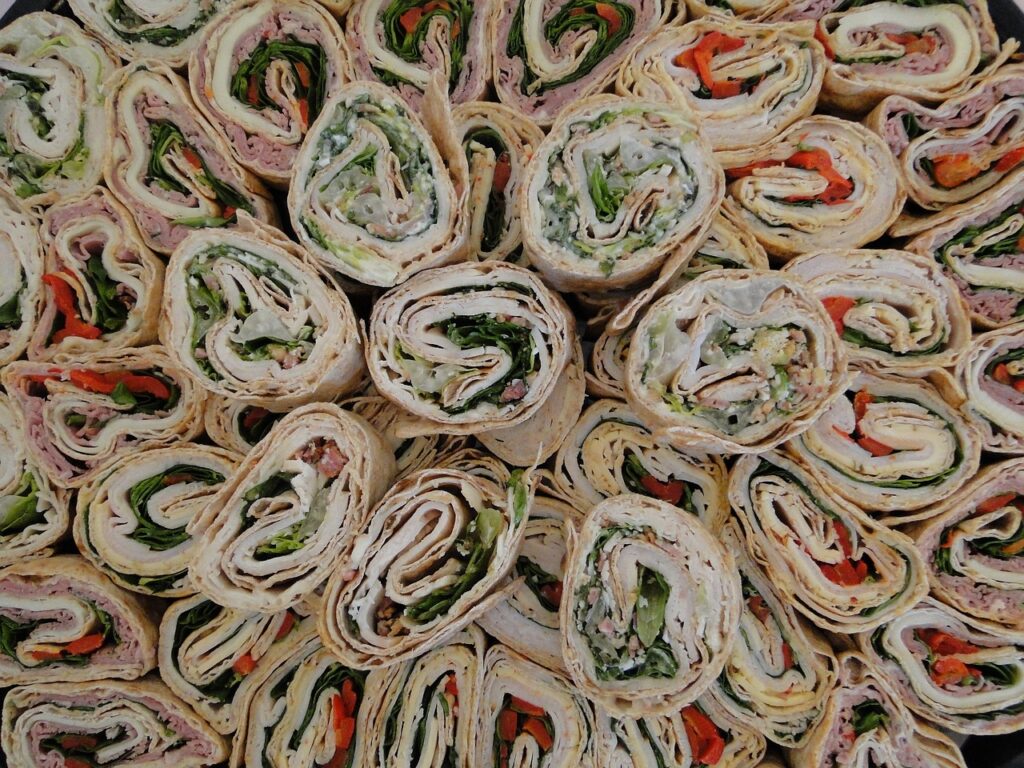Tortillas are a staple in many cuisines, particularly in Latin American and Mexican cultures. They are not only versatile but also rich in history, having been made for centuries. The production process of tortillas, whether corn or flour-based, involves several key steps that transform simple ingredients into the delicious, flatbread that pairs beautifully with a variety of dishes. Understanding this process can enhance your appreciation for tortillas and even inspire you to try making them at home. This article delves into the essential steps of tortilla production and offers some valuable tips to achieve the perfect tortilla.
The Ingredients and Preparation
The foundation of any tortilla is its ingredients. Corn tortillas typically use masa harina, a type of flour made from nixtamalized corn, while flour tortillas require all-purpose flour. For corn tortillas, the corn undergoes a process called nixtamalization, where it is soaked and cooked in an alkaline solution, usually lime water. This process not only softens the corn but also enhances its nutritional profile by making certain vitamins more bioavailable. The next step is to drain the corn and grind it into masa, which is then formed into small balls ready for pressing. For flour tortillas, the flour is combined with fat—often lard, shortening, or vegetable oil—along with salt and water to form a smooth dough. The dough is kneaded thoroughly to develop gluten, giving flour tortillas their characteristic elasticity.
After preparing the dough or masa, it’s essential to let it rest. Resting the dough allows the gluten to relax in flour tortillas, resulting in a softer texture. For masa, resting helps the moisture to distribute evenly, enhancing the tortilla’s pliability. This resting period can vary in length; typically, 30 minutes to an hour is sufficient. Once rested, the dough is divided into small portions, typically around the size of a golf ball, and rolled into smooth balls. It’s important to keep the balls covered with a damp cloth to prevent them from drying out. Proper handling and preparation of the ingredients lay the groundwork for tortillas that are not only tasty but also have the right texture.
Cooking and Storing Techniques
Cooking tortillas is where the magic happens. For corn tortillas, the key is to heat a comal or flat griddle to medium-high heat. Once hot, the masa balls are flattened into disks using a tortilla press or a rolling pin, then placed on the hot surface. The cooking time is crucial; each side of the tortilla typically requires about 30 seconds to a minute. The goal is to achieve a slightly charred, golden color while ensuring the tortilla remains pliable. Flour tortillas follow a similar cooking method, though they may take a bit longer due to their fat content. For best results, the tortillas should be cooked without any oil to allow them to develop their characteristic flavor.
After cooking, it’s essential to store the tortillas properly to maintain their freshness. Stack the cooked tortillas and wrap them in a clean kitchen towel, which helps keep them warm and moist. If you plan to store them for later use, allow them to cool completely before placing them in a sealed plastic bag or an airtight container. Proper storage prevents them from drying out or becoming stale. Tortillas can be refrigerated for up to a week or frozen for several months, making them convenient for quick meals. When reheating, a quick pass over a hot griddle or in a microwave will revive their texture and flavor, ensuring they remain soft and delicious.
Tips for Perfect Tortillas
Achieving the perfect tortilla involves attention to detail at each stage of the production process. For corn tortillas, using freshly ground masa can significantly enhance flavor and texture. If masa harina is your choice, ensure it is from a reputable source to guarantee quality. For flour tortillas, experimenting with different types of fat can yield various results; some people prefer lard for its rich flavor, while others opt for vegetable shortening for a lighter texture. When rolling out the dough, ensure an even thickness for consistent cooking and avoid using too much flour, which can make the tortillas tough.
Another tip is to practice your cooking technique; the more tortillas you make, the better you will become at managing heat and timing. Always preheat your cooking surface adequately, as a properly heated comal ensures even cooking. Lastly, don’t hesitate to get creative with your tortillas! Try adding herbs or spices to the dough for unique flavors, or use different flours for diverse textures. Understanding the intricacies of the tortilla production process allows you to explore the craft of tortilla making fully, transforming your cooking experience and offering a delightful addition to your meals.
The Role of Technology in Tortilla Production
In recent years, the tortilla production process has evolved with advancements in technology, leading to the introduction of automated tortilla lines in many commercial settings. As explained by experts from AMI Equipment, these automated systems streamline the production process, from mixing and kneading the dough to shaping and cooking the tortillas, thereby increasing efficiency and consistency. Such technology not only reduces the manual labor involved but also enhances the scale at which tortillas can be produced, making them more accessible to consumers worldwide. However, even with automation, the principles of traditional tortilla-making remain essential; quality ingredients and attention to detail are still paramount to achieving that authentic flavor and texture that consumers crave. As technology continues to evolve, it will be fascinating to see how it harmonizes with traditional methods, allowing both home cooks and commercial producers to create tortillas that honor their rich heritage while meeting modern demands.
Innovations in Flavor and Variety
As the demand for diverse culinary experiences grows, tortilla production is also adapting by introducing innovative flavors and varieties. Today, you can find an array of tortillas made from alternative grains such as quinoa, buckwheat, or even spinach, catering to various dietary preferences and restrictions. These innovations not only enhance the nutritional profile of the tortillas but also introduce exciting flavors that can elevate dishes like tacos, wraps, or quesadillas. Manufacturers are also experimenting with different seasonings and spices to create specialty tortillas that appeal to adventurous eaters. This fusion of traditional techniques with modern culinary trends allows for a vibrant tortilla landscape, encouraging consumers to explore new tastes while still enjoying the classic favorites.
Sustainable Practices in Tortilla Production
With increasing awareness of environmental issues, sustainable practices are becoming an integral part of tortilla production. Many producers are focusing on sourcing organic corn and flour, supporting local farmers, and promoting biodiversity. Additionally, some companies are investing in eco-friendly packaging solutions and waste-reduction strategies to minimize their carbon footprint. For instance, using biodegradable materials or recyclable packaging not only appeals to environmentally conscious consumers but also aligns with global efforts to combat climate change. By adopting these sustainable practices, tortilla producers can ensure that they meet consumer demand while also contributing to a healthier planet, paving the way for a more responsible food industry.
The journey of tortilla production, from selecting quality ingredients to embracing technology and sustainable practices, highlights the rich cultural significance and culinary versatility of this beloved staple. Whether you choose to make tortillas at home or enjoy them from a commercial source, understanding the intricate process behind their creation can deepen your appreciation for this iconic flatbread. As the industry continues to innovate and evolve, tortillas will undoubtedly remain a delicious and essential part of meals across the globe, celebrating both tradition and modernity in every bite.






